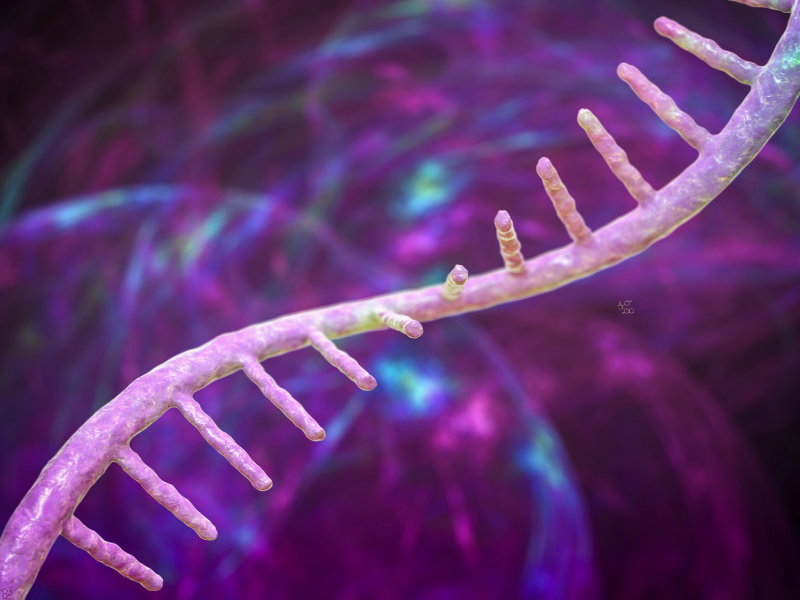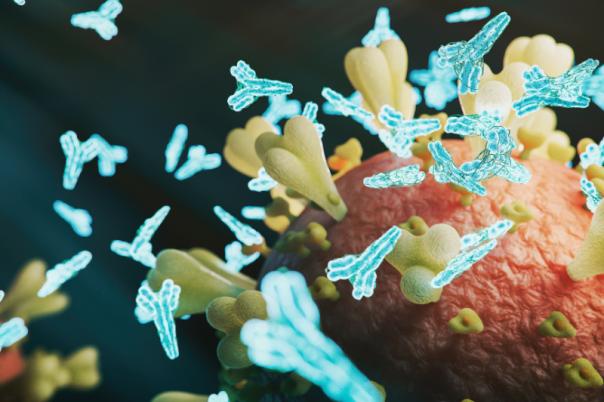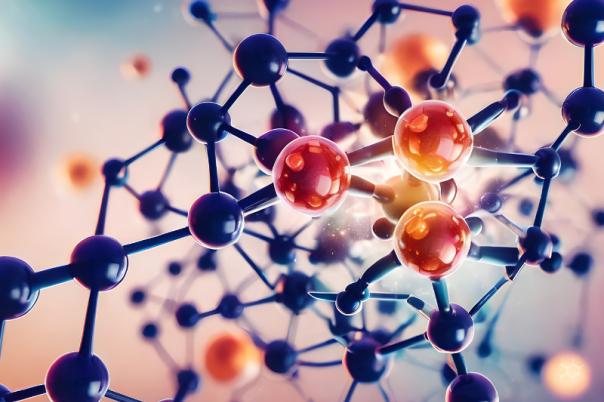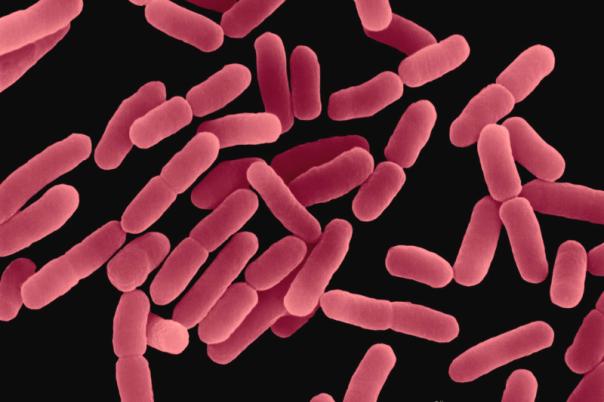A group of scientists at Virginia Tech has created a brand-new AI tool: ProRNA3D-single can generate 3D models of how viral RNA binds to human proteins.
The ProRNA3D – single tool offers a more accurate way of visualising disease processes that occur when viruses attack the body, which could open new pathways to prevention and treatment.
Over the years, scientists have grappled with understanding how RNA binds to human proteins to form 3D structures. ProRNA3D uses AI to generate detailed images of these molecules in 3D.
The team achieved this remarkable feat by combining two existing biological LLMs, one for protein sequences and the other for RNA sequences. This technique allows the LLMs to ‘talk’ to one another. Based on these interactions, the ProRNA3D can generate 3D structural models of viral RNA interacting with proteins in the body.
Competing AI models developed by Google DeepMind have fallen short of accurately predicting protein-RNA 3D structures, leaving researchers reliant on trial-and-error experiments. This reiterates the importance and accuracy of ProRNA3D-single.
Debswapna Bhattacharya, Associate Professor of Computer Science at Virginia Tech, said: “The ultimate goal is to accelerate the drug discovery process to prevent the RNA viruses from interacting with host proteins, potentially stopping infections before they grow into pandemics or inhibiting altered function of RNA binding proteins in Alzheimer’s disease.”
By generating new data about RNA-protein interactions, ProRNA3D-single also lays the foundation for new treatments for a wide range of diseases. Although the Virginia Tech team used viruses as a case study, the method is fully generic and can be applied to any use case.
There is little knowledge on how novel viruses such as SARS-CoV-2 evolve or how conditions such as dementia develop at the molecular level. ProRNA3D-single can fill those gaps by generating more accurate maps of the inner biological landscape.








